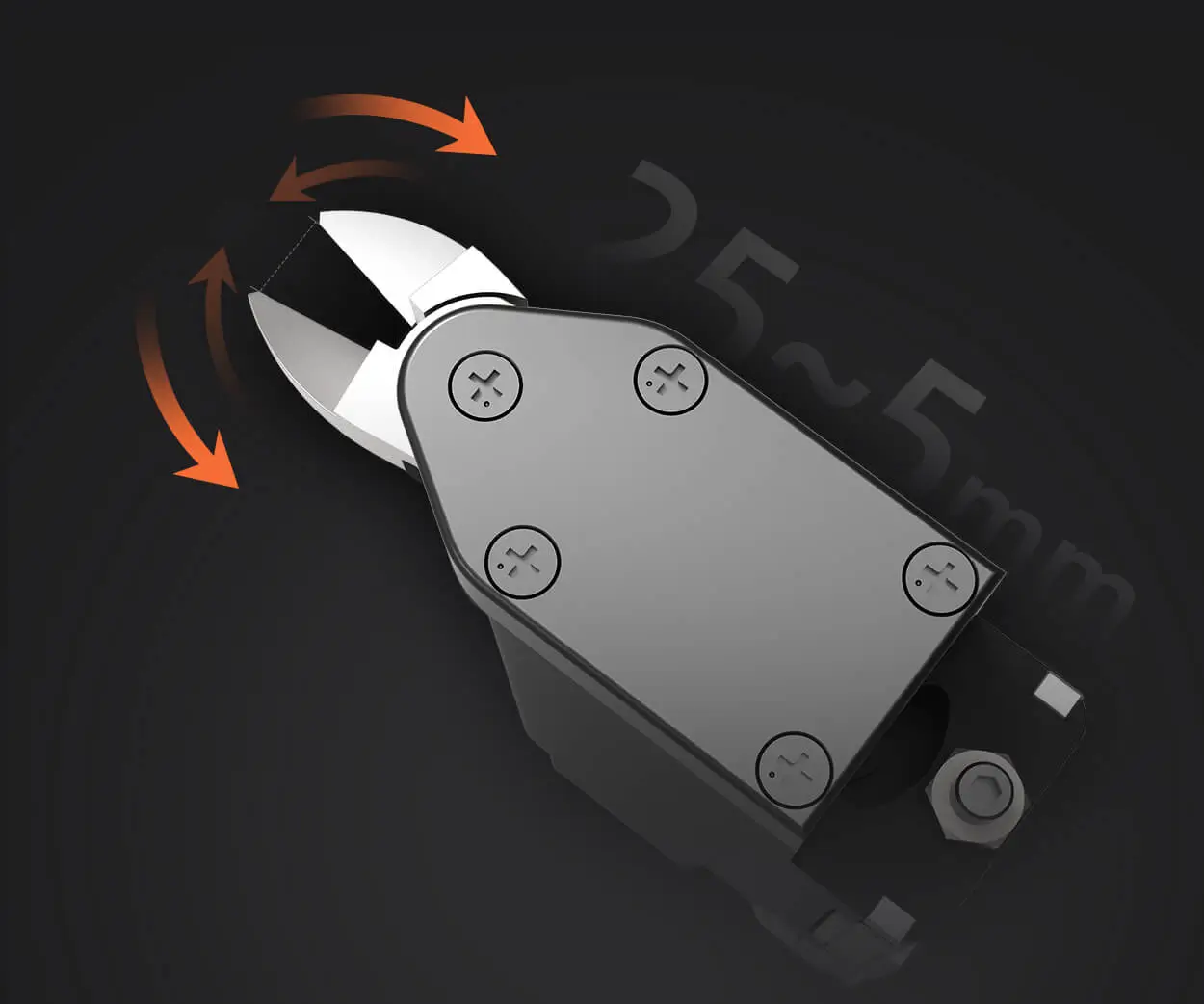Attaching wires to a micro servo might sound like a simple task, but for those new to the world of robotics or DIY electronics, it can feel like a bit of a puzzle. Whether you’re building a small robot, a model, or simply experimenting with a few gadgets, getting the connection just right can make all the difference in your project’s success. Let's break down the process and give you the confidence you need to handle those tiny, but mighty, wires.

First off, let's talk about the basics: micro servos typically have three main wires—power, ground, and signal. The power wire usually goes to a 5V source, the ground to the negative side of your power, and the signal wire controls the servo's movement based on the input from your controller. Sounds easy, right? But there are a few things to consider.
Step 1: Identify Your Wires
Before you dive into the actual wiring, make sure you're clear on which wire does what. Micro servos are typically color-coded, with red for power, black or brown for ground, and yellow, white, or orange for the signal. Getting this right is crucial because wiring them incorrectly can cause malfunctions or even damage your servo.
It’s important to use tools that will help you make a secure, solid connection. For instance, a set of small tweezers or needle-nose pliers can be invaluable when working with the delicate pins of a micro servo. Additionally, if you’re working with bare wires, it’s a good idea to use a wire stripper to expose just the right amount of wire. Avoid stripping too much, as excess exposed wire can lead to short circuits.
Step 3: Secure the Connection
Once you’ve identified the wires and prepped them properly, the next step is to connect them to your micro servo. There are a few ways to make these connections, but the most common and easiest way is using small jumper wires. Simply insert the jumper wire into the servo’s pin slots and ensure they’re snugly fit. If you're connecting to a breadboard or a controller, make sure each connection is firm and won’t easily pull out.
Step 4: Double-Check Everything
This might sound a little tedious, but before you power up your servo, it’s always worth doing a quick check. Ensure that your connections are solid and that there are no loose wires. A bad connection can cause erratic behavior, which is especially frustrating when you’re building something that requires precise movements. A quick visual inspection can save you a lot of trouble later on.
Common Issues You Might Face
Sometimes, things don’t go according to plan. For example, if your servo isn't responding, it could be a power issue. Double-check that your power supply is providing the correct voltage (usually 5V for micro servos). Another issue could be a damaged wire, so it’s always worth swapping out wires if you suspect they’re faulty.
Also, if your servo seems jittery or unstable, it might be that the signal wire isn’t receiving proper input from the controller. Ensuring the connection is secure can often fix this issue.
Tips to Improve Your Setup
A small tip: If you’re working in tight spaces or need more flexibility, you can use servo extension cables. These cables are great for adding extra length without having to rewire everything from scratch. Plus, they come in handy if you need to move your servo around during testing or setup.
Another trick is to use a servo tester. This small device allows you to check whether your servo is working properly without needing a full-fledged microcontroller setup. It’s a great way to troubleshoot quickly and isolate issues with your servo or wiring.
Wrapping It Up
Attaching wires to a micro servo might seem intimidating at first, but with the right tools, a little patience, and a solid understanding of the basics, you can get it done. Whether you're making a small robot, adding motion to a model, or simply experimenting, taking the time to do it properly will make your project smoother and more reliable. Don’t be afraid to make adjustments along the way, and remember: getting the wiring right from the start will save you a lot of time down the road.
Kpower has delivered professional drive system solutions to over 500 enterprise clients globally with products covering various fields such as Smart Home Systems, Automatic Electronics, Robotics, Precision Agriculture, Drones, and Industrial Automation.




































